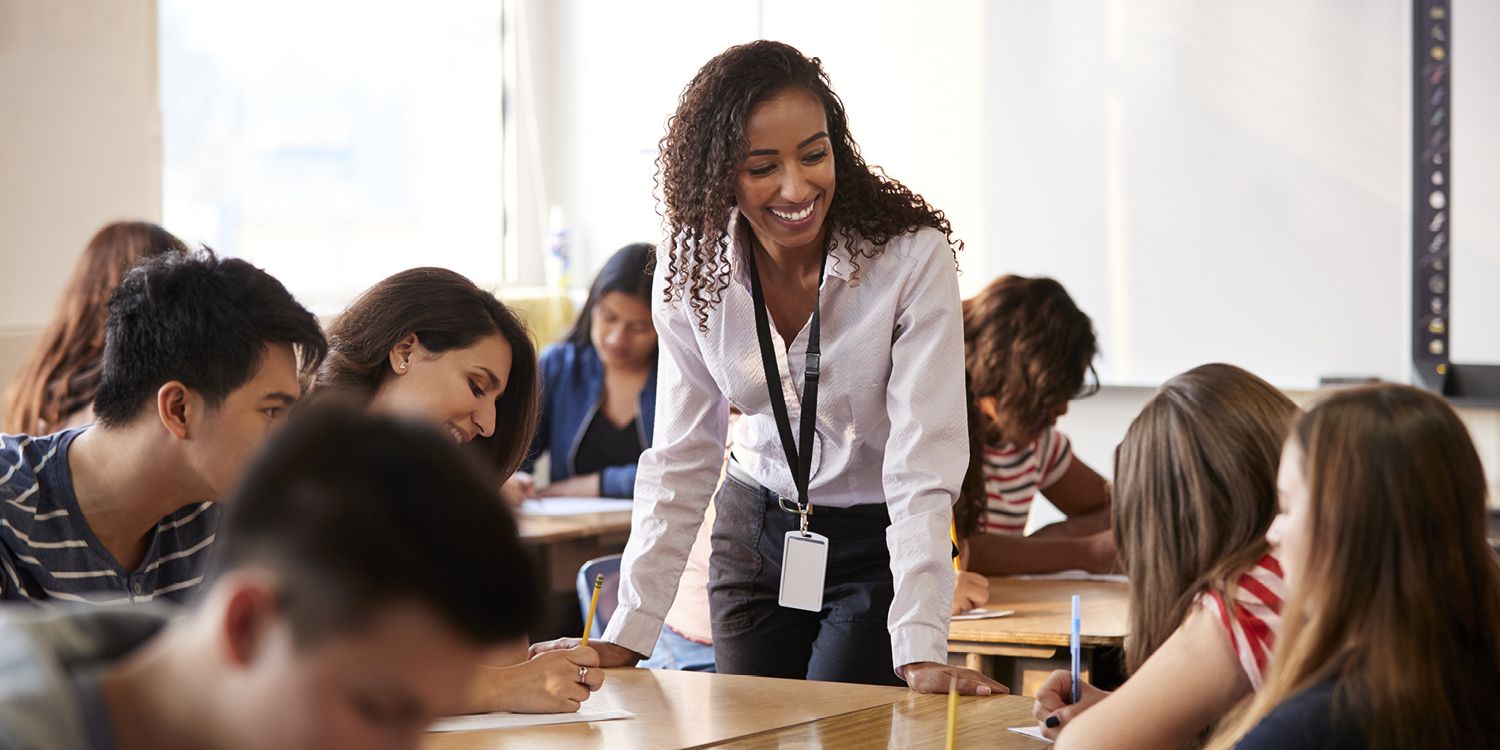
Access to a wealth of information:
Technology has opened up a world of information that was once inaccessible. With just a few clicks, teachers and students can access a vast array of resources, including articles, videos, interactive simulations, and educational websites. This abundance of information allows educators to enhance their lesson plans with relevant and up-to-date content, ensuring that students are exposed to the latest knowledge and research.
Personalized instruction:
Every student has unique learning needs and preferences. Technology enables teachers to tailor their instruction to cater to these individual differences. Through online platforms and educational software, educators can provide personalized learning experiences, adapting the pace, content, and format of lessons to suit each student’s abilities and learning style. This personalized approach not only increases student engagement but also promotes better understanding and retention of the material.
Fostering collaboration:
Collaboration is a crucial skill in today’s interconnected world. Technology facilitates collaboration among students, allowing them to work together on projects, share ideas, and provide feedback to one another. Online discussion forums, collaborative documents, and video conferencing tools enable students to collaborate regardless of their physical location, fostering a sense of community and promoting teamwork.
Incorporating engaging multimedia tools:
Gone are the days of traditional blackboards and textbooks. Technology has introduced a wide range of multimedia tools that make lessons more interactive and engaging. From interactive whiteboards and educational apps to virtual reality and augmented reality experiences, these tools bring lessons to life, capturing students’ attention and making learning enjoyable. By incorporating multimedia into lesson plans, teachers can create a dynamic and immersive learning environment that enhances student understanding and retention.
Streamlining lesson organization:
Lesson planning can be a time-consuming task, but technology simplifies and streamlines this process. Various digital tools and platforms, such as online calendars, lesson planning software, and content management systems, enable teachers to organize and structure their lessons efficiently. These tools help educators manage their time effectively, ensuring that all necessary content is covered within the allocated timeframe.
Facilitating effective communication and feedback:
Technology has greatly improved communication between teachers and students. Online platforms, email, and messaging apps allow for instant communication, making it easier for students to seek clarification, ask questions, and receive timely feedback. Additionally, technology enables teachers to provide detailed feedback on assignments and assessments, highlighting areas of improvement and offering personalized guidance. This immediate and constructive feedback fosters student growth and enhances the learning process.
In conclusion, the impact of technology on lesson planning in the digital age cannot be overstated. By embracing technology, educators can enhance the learning experience, cater to individual student needs, foster collaboration, incorporate engaging multimedia tools, streamline lesson organization, and facilitate effective communication and feedback. It is crucial for teachers to adapt and integrate technology into their teaching practices to keep up with the demands of the ever-evolving education landscape. With technology as a powerful tool, the possibilities for enhancing education are endless. By embracing technology in lesson planning, we can prepare students for success in the modern world and equip them with the skills they need to thrive in an increasingly digital society.




